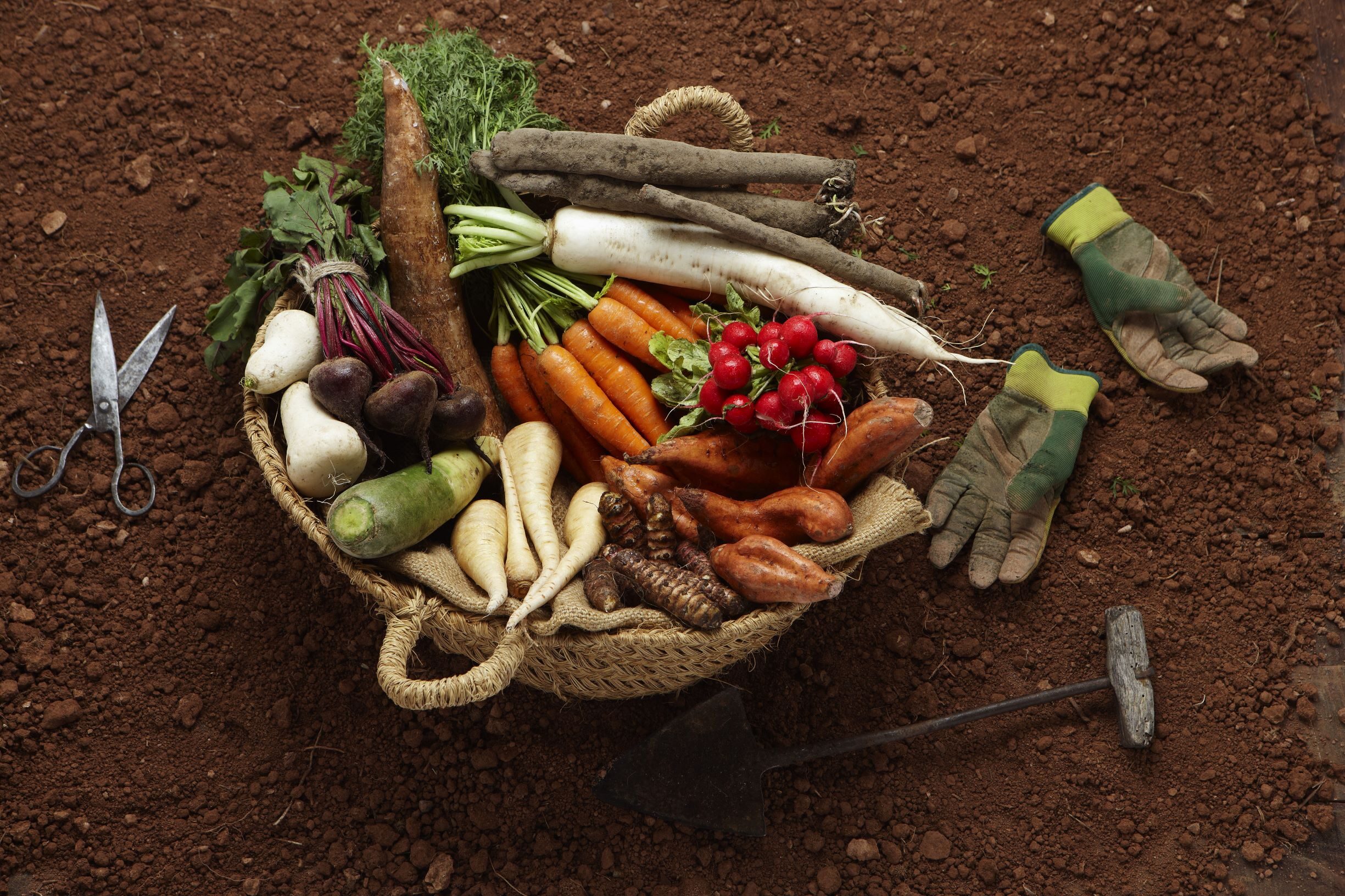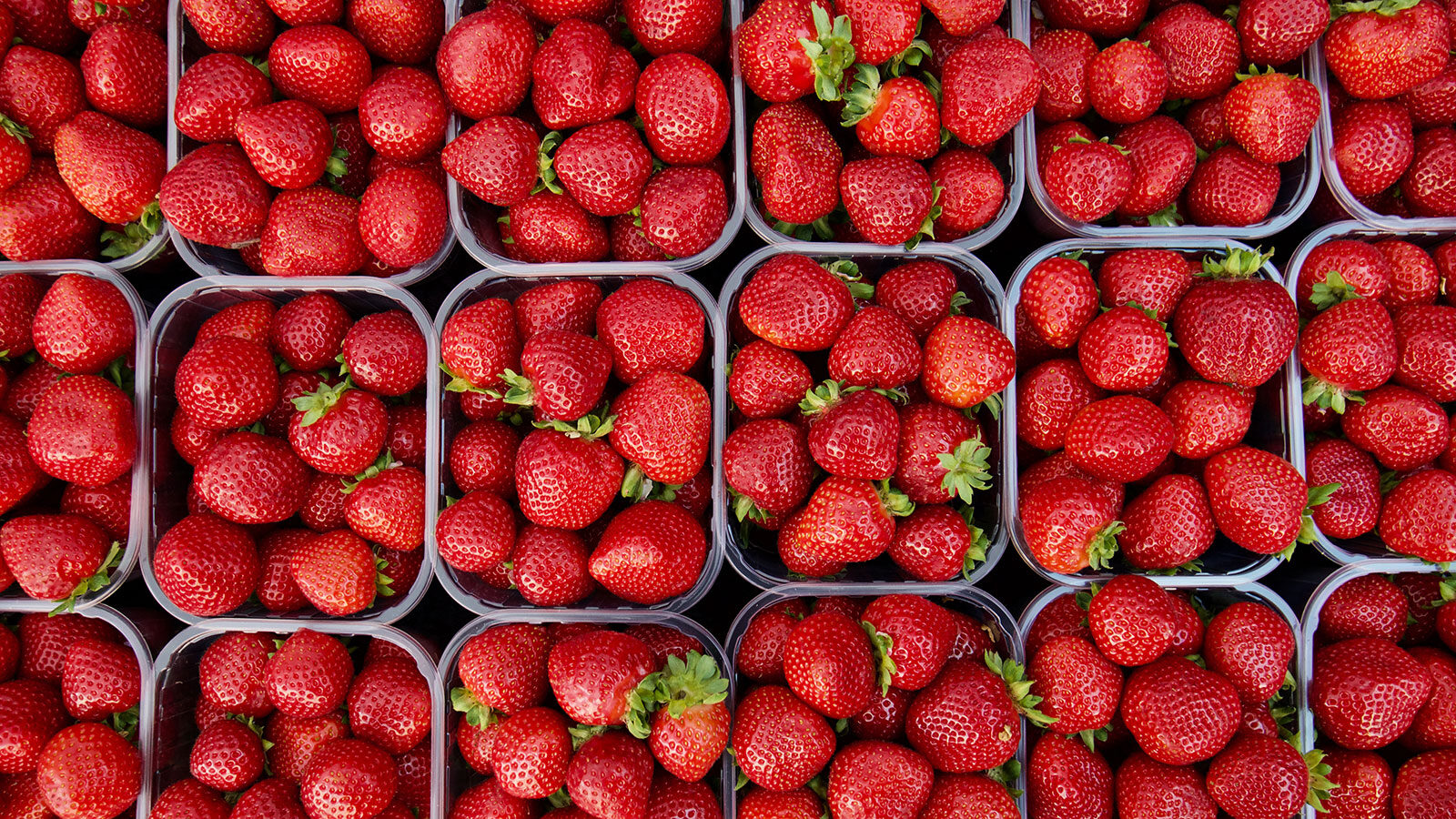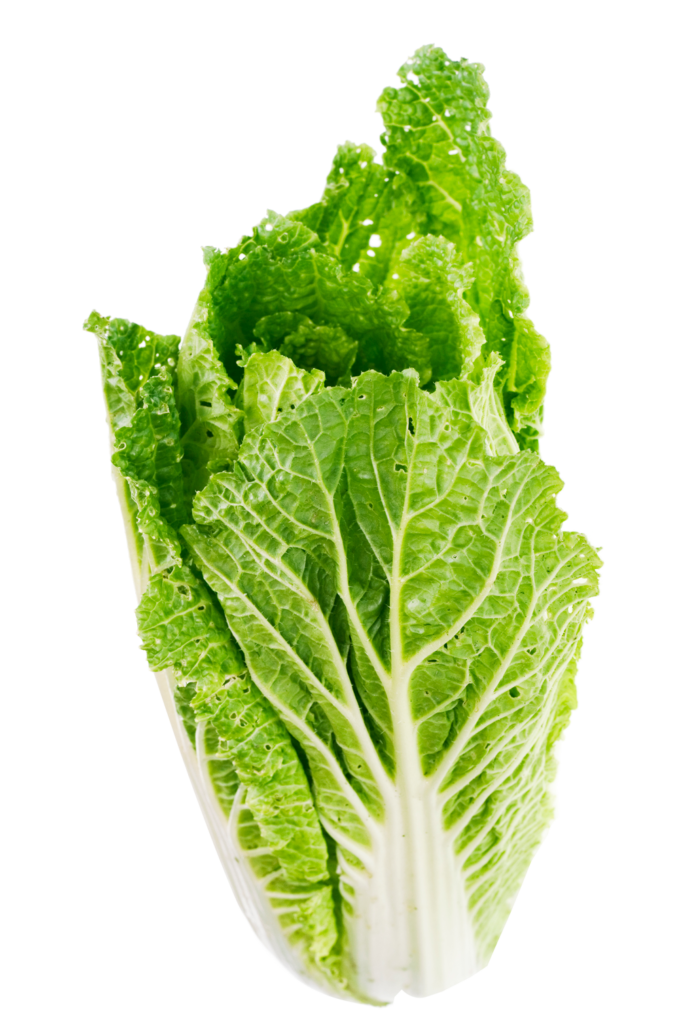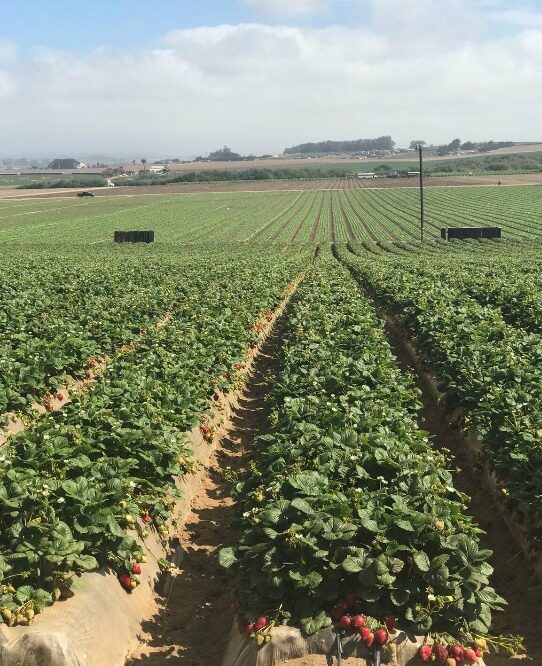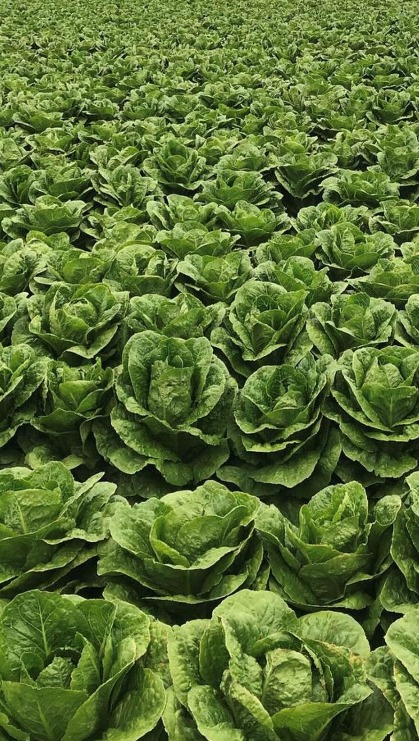6 Reasons to Partner with Consolidated Concepts
The restaurant industry is in a perfect storm. Soaring food costs, a relentless hunt for talent, and customers demanding more for less have created a challenging environment for multi-unit operators. But what if you had a partner ready to help you navigate all of this and emerge stronger than ever?
At Consolidated Concepts, we’re your all-in-one partner, tackling your supply chain, procurement, and operational hurdles head on.
Here are six reasons you should partner with Consolidated Concepts:
Instant Savings with Rebates and Deviations
Unlock a world of savings with our Consolidated Concepts rebates and deviations. Gain instant access to over 175,000 rebated line items and discounted prices from over 350 leading manufacturers, including:
- Tyson
- Unilever
- Georgia Pacific
- Idahoan
- And many more!
Our rebate program is designed to put more money back in your pocket without disrupting your operations. Simply continue purchasing your favorite products and let us handle the rest. Our team of experts will identify and process rebates on your behalf, maximizing savings and streamlining your finances.
Insight into Your Business with Data and Technology
With 90% of restaurant operators reporting more value-conscious customers, data-driven decisions are no longer a luxury – they’re a necessity. Our cutting edge spend management technology provides real-time insights into your purchasing behavior, empowering you to make informed decisions that drive profitability.
- Visualize your spending patterns to identify cost-saving opportunities and optimize operations. Our dashboards turn raw data into actionable strategies for growth and efficiency.
- Unlock the power of your data. Let us help you turn raw numbers into actionable strategies that drive growth and success.
Click here to learn how to turn your data into profits with Consolidated Concepts!
Streamlined Supply Chain Management
With 54% of operators experiencing shortages or delays, a resilient supply chain is essential for business survival. At Consolidated Concepts, we offer comprehensive supply chain management solutions designed to safeguard your operations and drive growth.
Our expert team provides end-to-end supply chain management, including:
- Contract Management
- Produce Management
- Sourcing
By leveraging our expertise and advanced technology, you can streamline your operations, reduce costs, and ensure a consistent product supply. Focus on your core business while we handle the rest. Our dedicated team will free up your resources and minimize the impact of supply chain disruptions.
Expert Produce Management
Sourcing, pricing, and quality control can be overwhelming when it comes to produce management. At Consolidated Concepts we offer a powerhouse produce management program designed to deliver exceptional quality, consistent pricing, and complete traceability.
Our produce management team leverages industry expertise and strong grower relationships to secure the best possible fresh solutions at competitive prices. Experience the difference having a dedicated produce partner can make. Our managed produce program provides:
- Competitive Pricing
- Food Safety and Traceability
- Expert Support
Custom Contracts
Generic contracts often leave money on the table. We believe in tailored solutions that drive maximum value.
Our contract experts negotiate customized agreements that align with your unique needs. From strategic RFPs to securing optimal pricing and terms, we do it all for you. Our advanced contract management technology ensures contract compliance and automatically identifies overcharges, maximizing your savings and protecting your bottom line.
Key benefits include:
- Strategic Sourcing
- Expert Negotiation
- Contract Compliance
Experience the difference expert negotiation can make. Our team leverages deep industry knowledge and strong supplier relationships to achieve exceptional results. Let us handle the complexities of contract management, so you can focus on running your business.
Indirect Spend Savings
Indirect expenses can quickly erode your bottom line. As a Consolidated Concepts member, you get access to hundreds of indirect spend programs that help you boost your profitability. These programs cover many areas of your operation, such as:
- Unforms
- Cable TV
- Exterminators
- Credit Card Processing
- Menu Technology
- And more!
With average food costs up more than 20% and a staggering 38% of operators reporting profitability struggles in 2023, it’s clear that traditional approaches are no longer enough.
Consolidated Concepts is your partner to overcome these obstacles. By joining Consolidated Concepts, you benefit from:
- Instant Savings
- Data-Driven Insights
- Robust Supply Chain
- Expert Product Management
- Tailored Contracts
- Indirect Spend Savings
Ready to take control of your business? Fill out the form below and join Consolidated Concepts today!













